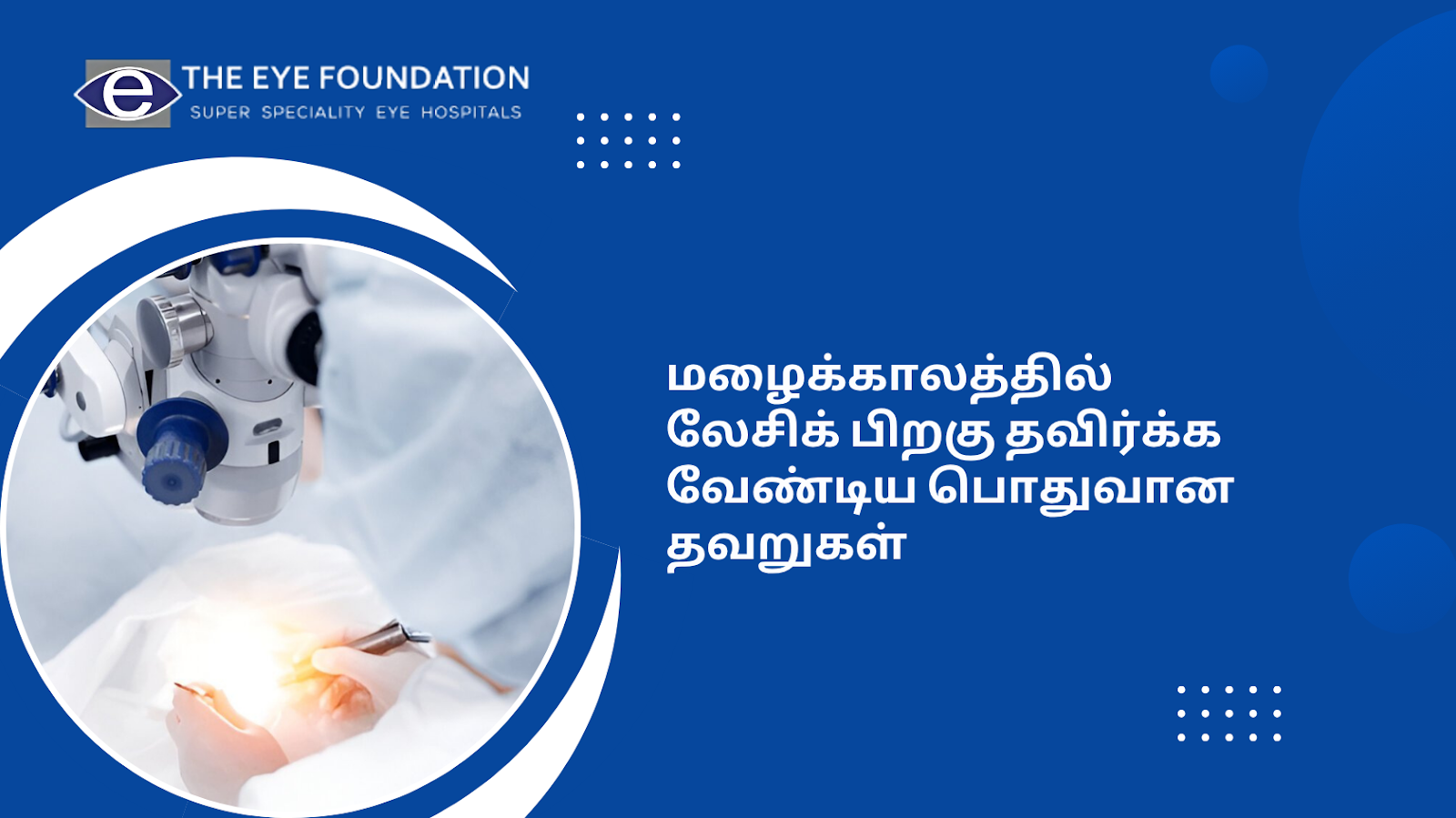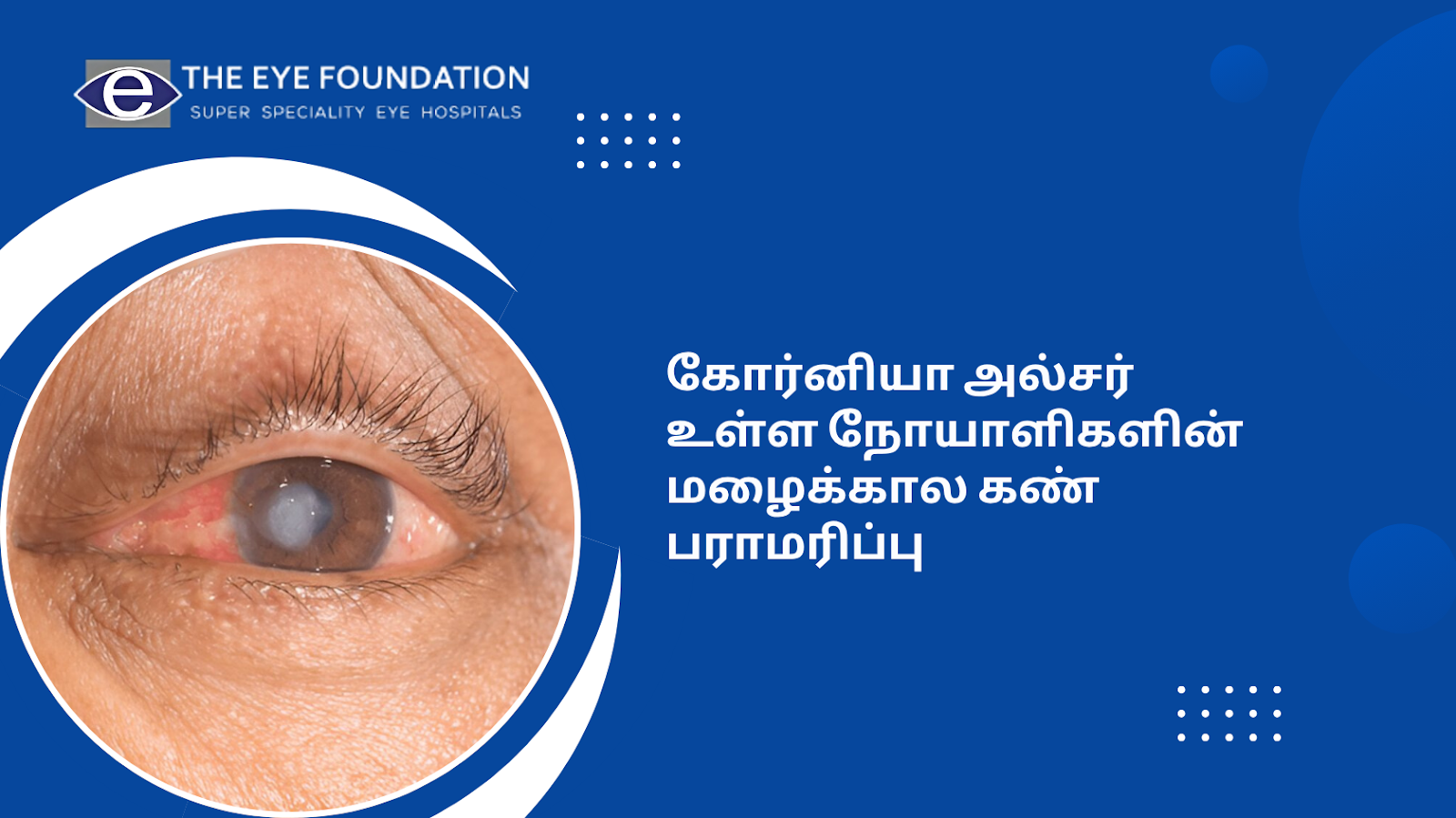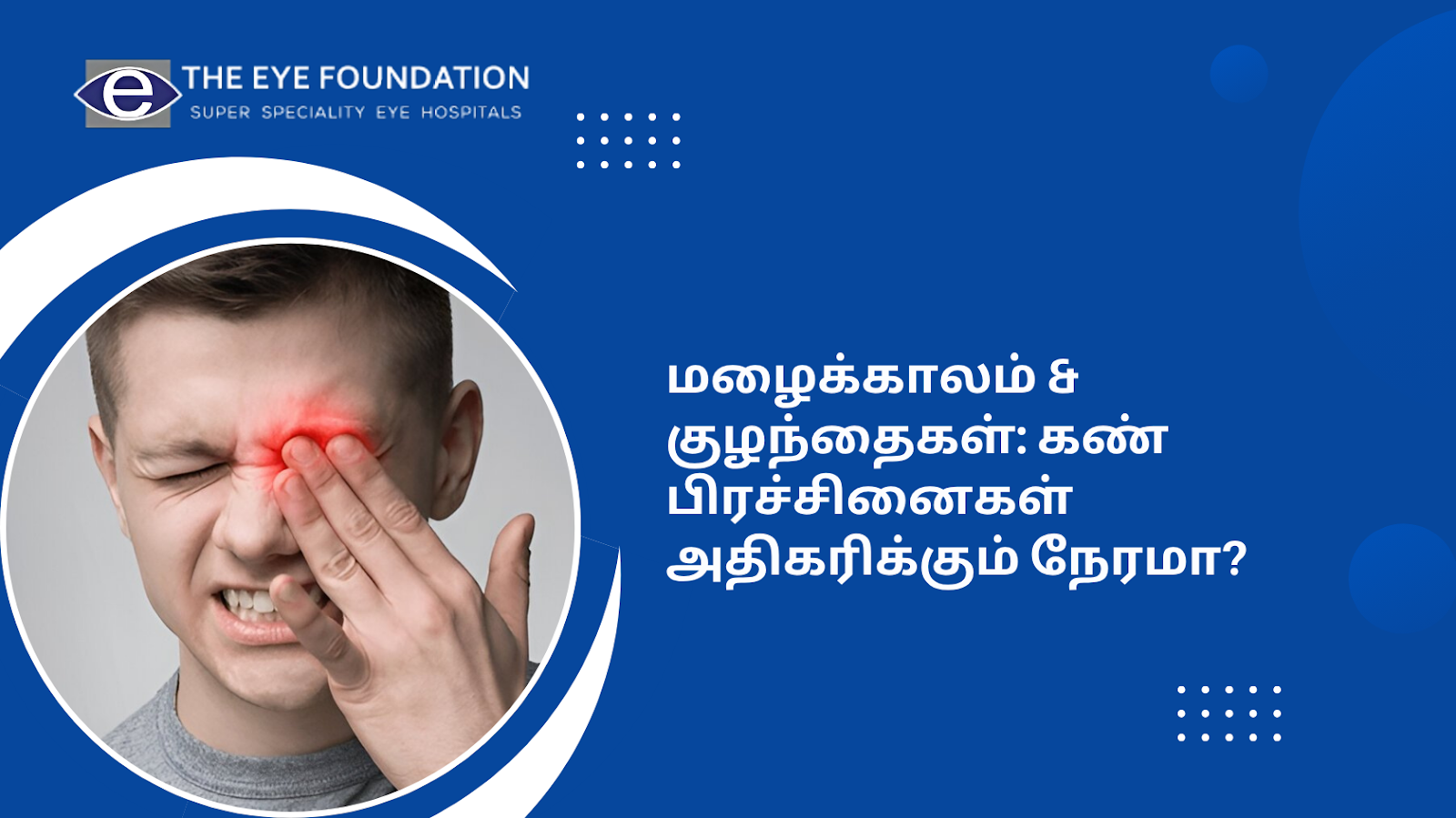Decoding Visual Impairments: Understanding Common Eye Conditions
Eyes are sensitive organ which allows to perceive this external world and adding up beautiful memories in life. Human body is prone to certain conditions which may influence your health, similarly eye can also affect by certain specific eye condition everyone should remember it. Through proper understanding about various eye conditions that could arise, you could get to know the importance of early diagnosis, treatment and preventive measures. From the blog you come to know the familiar eye condition and its roots cause which helps you in staying out of it and also how to handle it if they arise.
Myopia
Myopia commonly known as near-sightedness, affects individuals who can see objects that are closer to them but struggle with distant vision. This refractive error is more prevalent in children and has a higher likelihood of being inherited compared to other types. Severe myopia increases the risk of developing conditions such as glaucoma, cataract, and retinal detachment.
Hyperopia
Long-sightedness, is characterized by a clear vision of distant objects but difficulty focusing on nearby ones. Like myopia, hyperopia can be inherited and individuals with high hyperopia may experience challenges in both long and short-distance vision. They are also more susceptible to glaucoma, squint, and amblyopia.
Astigmatism
Astigmatism occurs due to the irregular curvature of the cornea, leading to blurred vision at both long and short distances. Symptoms of astigmatism may include headaches, squinting, blurry vision, difficulties with night vision, and more.
Presbyopia
Presbyopia is an age-related refractive error that typically affects individuals above the age of 40. As the lens loses its flexibility with age, people with presbyopia struggle to achieve clear vision, particularly in distant objects. Thankfully, simple eye treatments can effectively correct this condition. To ensure the best care, it is advisable to seek a comprehensive eye checkup at the finest eye hospital in your city.
Cataracts
Cataracts are a common eye condition that affects adults. They occur when the lens of the eye becomes cloudy, resulting in a gradual loss of vision. The primary cause of cataracts is natural aging, as the proteins in the lens break down and clump together, causing opacity. However, cataracts can also be caused by factors such as genetics, diabetes, prolonged exposure to UV radiation, or certain medications.
Cataracts do not develop overnight; they take time to form. Early diagnosis is crucial for easier management of the condition, which is why routine eye checkups are essential. By seeking the best cataract treatment, you can effectively protect your vision and ensure its long-term health.
Glaucoma
Glaucoma is a progressive eye disease that primarily affects the optic nerve fibers, resulting in damage. The condition involves the accumulation of fluid in the front of the eye, which increases the pressure and ultimately leads to vision impairment.
Individuals with glaucoma often experience blurred vision and difficulty distinguishing colors. While the condition is more common in individuals over the age of 40, there are rare cases of infantile glaucoma that can occur between the ages of 1 and 24 months. While it cannot be cured, infantile glaucoma can be managed and controlled.
Age-Related Macular Degeneration (AMD)
The macula is a crucial part of the lens responsible for facial recognition, color perception, and detailed vision. It consists of millions of light-sensitive nerve cells. When the macula degenerates, vision becomes unclear and gradually leads to vision loss, although complete blindness is not typically experienced. Fortunately, advancements in ophthalmology have led to various treatments and surgeries for macular degeneration. Early identification of the condition allows for easier correction through supportive dietary measures and other methods.
The risk of macular degeneration is primarily associated with age, with factors such as family history and heart disease also playing a role. The risk increases to 30% for those over 70, 40% for those over 80, and 50% for those over 90. To minimize your chances of developing the condition, it is crucial to undergo regular eye checkups at appropriate intervals to ensure good and safe eyesight.
Having a comprehensive understanding of different eye conditions is crucial for maintaining a healthy visual system. Regular eye checkups enable early detection of any issues, allowing for preventive measures to be taken. If you are experiencing any type of eye condition, it is important to maintain a scheduled eye checkup and diligently follow the advice of your eye doctor to preserve your future vision.
Choosing the best eye hospital, such as The Eye Foundation, is recommended. With their expertise in the field and a team of experienced ophthalmologists, they can provide you with the necessary assistance to overcome your eye condition and ensure the well-being of your vision. Rest assured that their services will prioritize your visual health.






